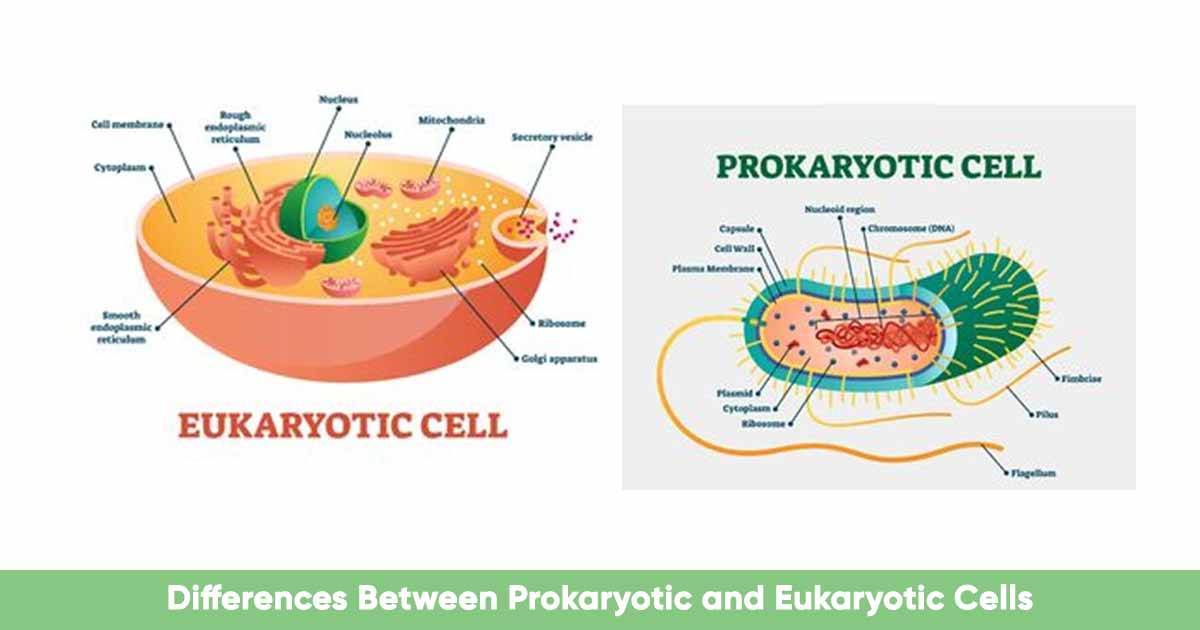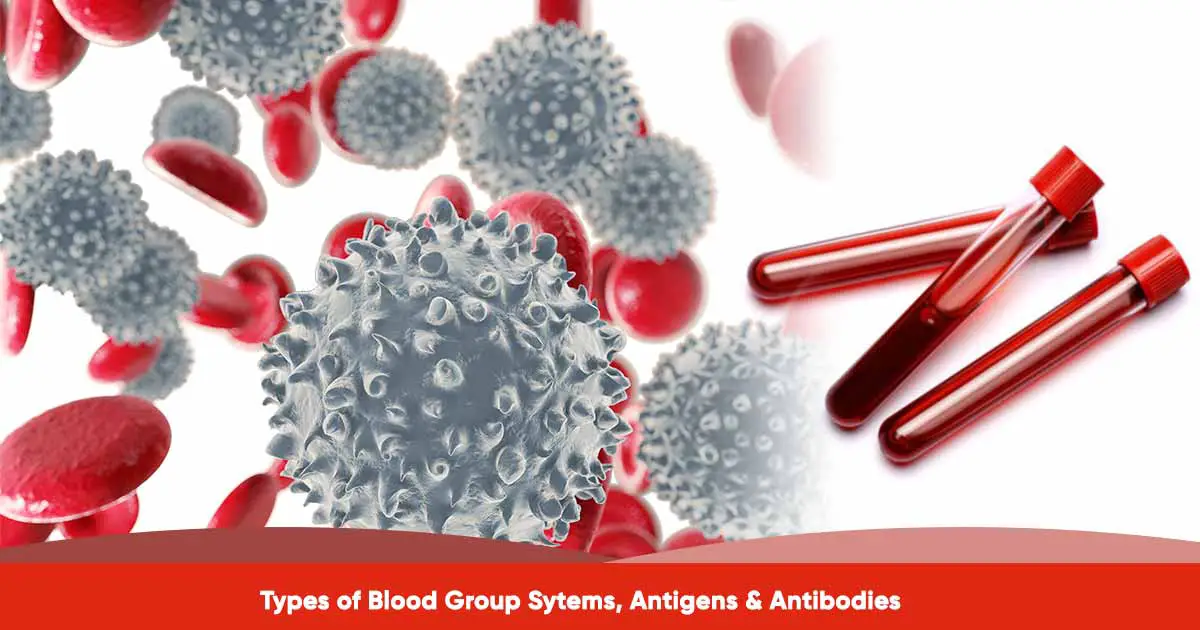Cell is the smallest functional unit and is categorised into two types – prokaryotic and eukaryotic cells. Every organism is made of cells, which is the basic structural and functional unit. In this post, we will differentiate between prokaryotic and eukaryotic cells. But before that, we will explain the two types of cells.
What is a Prokaryotic Cell?
A prokaryotic cell is the simplest and largest group of cells. It does not have membranes surrounding the structures. There is no nuclear membrane, and their circular shaped genetic materials are dispersed throughout the cytoplasm. Genomic DNA is found in the nucleoid in the cytoplasm while ther DNA pieces are found in the cytoplasm as circular plasmids. Some cells contain capsule, an outermost sticky layer that helps the cell to attach to surface.
The cell also contains few internal structures and is one-celled. They come in 4 different shapes, such as Bacillus (rod-shaped), Cocci (spherical), Vibrio (comma-shaped)and Spirilla (helical). Examples of prokaryotic cells are the bacteria cell and archaea.
Prokaryotes obtain energy from inorganic compounds like hydrogen sulfide, and other sources such as photosynthesis and organic compounds. They survive in extreme temperature, pH, and radiation conditions such as undersea hydrothermal vents, snow, and hot springs. Archaea are extreme thermophiles.
READ ALSO: Clear Differences between Medicare and Medicaid
Eukaryotic Cell
Evolved from the prokaryotic cells. They have membranes surrounding the organelles. Most living organisms fall into this category. They are genetically advanced than the prokaryotes. The nuclear membrane surrounds the linear genetic material (DNA).
Unlike the prokaryotic cells, eukaryotic cells are larger, have a complex internal structure, membranes covering the organelles. Examples are organisms in the kingdoms of protista, fungi, plantae and animalia.
Differences between Prokaryotic and Eukaryotic Cells
The main difference between prokaryotic and eukaryotic cell is that prokaryotes lack membrane-bound organelles including nucleus, while eukaryotes contain membrane-bound organelles with nucleus. Other differences are:
| Prokaryotic Cells | Eukaryotic Cells | |
| 1 | Prokaryotic cells are unicellular | Eukaryotic cells can be unicellular or multicellular |
| 2 | Smaller in size (< 5 mm) | Large sized (> 10 mm) |
| 3 | There is no nucleus or membrane-bound organelles | Contain true nucleus and membrane-bound organelles. Those organelles include chloroplast, mitochondria, golgi apparatus, vesicles. |
| 4 | First form of life on earth | More advanced form of life that started many years after prokaryotes have already existed. |
| 5 | Reproduction is by asexual means through horizontal gene transfer and recombination. | Reproduction is sexual or asexual. |
| 6 | Small ribosomes (70) | Large ribosomes (80s) |
| 7 | There is no protein in the single circular chromosome. | There is more than one chromosome in the nucleus. It is linear, and most exist in multiple copies called homologous. |
| 8 | The cell divide by binary fusion. | Cell division is by miosis or meiosis. |
| 9 | There is no cytoskeleton | There is always cytoskeleton composed of microfilaments, microtubules and intermediate filaments that maintains the shape and internal organisation. |
| 10 | Cell wall is made up of peptidoglycans, a polymer of linked carbohydrates and small protein | Made up of cellulose, hemicellulose, chitin, and pectin. |
| 11 | There are flagella made up of two proteins. Flagella is a wipe-like structure that helps in movement. | Some cells without cell wall contain flagella |
| 12 | Examples are bacteria and archaea | Examples are protista, fungi, plants and animals. |
| 13 | Glycocalyx act as the capsule. It covers the cell membrane surrounding. | Eukaryotic cells without cell walls contain glycocalyx. |
| 14 | This type of cells transport their metabolites through the cytoplasm. | There are different vesicles for the transport of different metabolites. |
Similarities between Prokaryotic and Eukaryotic Cells
- Both cell types have DNA.
- They also contain ribosomes. Ribosome is an intercellular cell structure that has RNA and protein. It is the site of protein synthesis in the cell.
- There is cytoplasm, the liquid environment in the cell.
- Both cell types have cell membrane.
References:
- https://faculty.ksu.edu.sa/sites/default/files/lecturer-3.pdf
- https://www.researchgate.net/publication/314051827_Difference_Between_Prokaryotic_and_Eukaryotic_Cells











